 |
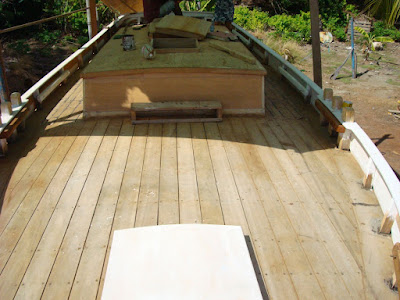 |
 |
 |
 |
 |
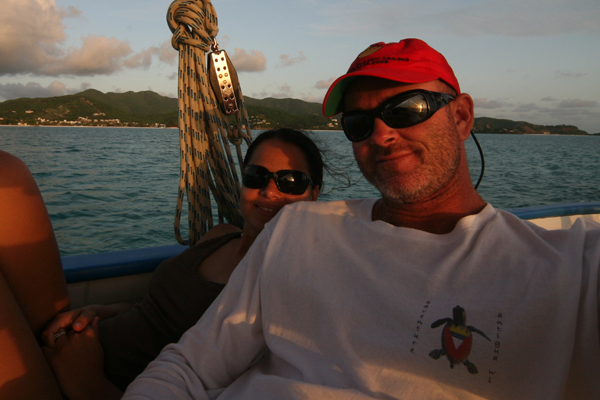
This man below is Alwyn Enoe the boat designer and builder.
 |
This is a blog set up by Eli Fuller (me) to help keep readers informed and to promote our little country to prospective guests. It's also to make sure that new info about our island is passed on quickly and also to receive feedback on this info. Of course most of the things i write about have themes of ecology and usually have quite a bit to do with my company Adventure Antigua. Make comments anytime you want, but check the site above to book your adventure.
 |
 |
 |
 |
 |
 |

 |
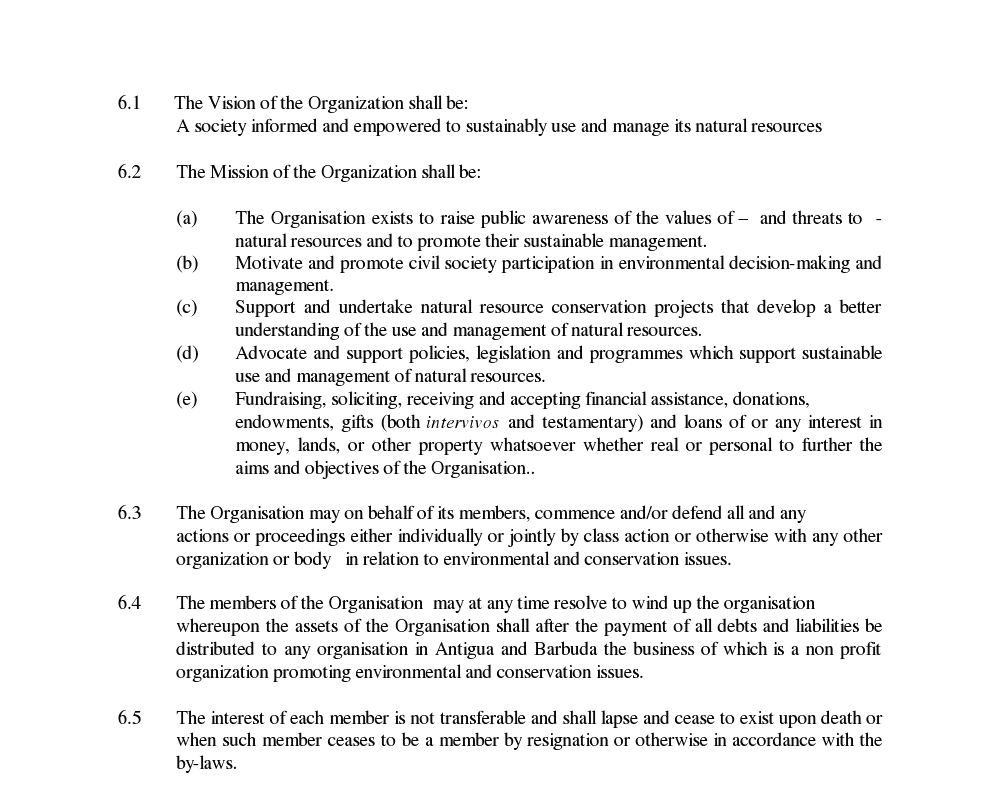
Dear AMLC List
Goliath grouper (Epinephelus itajara) is one of the last representatives of the marine megafauna that were once abundant in tropical and subtropical latitudes of the world's oceans. Critically endangered throughout its distribution range, goliath grouper (previously known as jewfish), have been protected in U.S federal and state waters since 1990 through a total fishing ban. After reaching commercial extinction, the species is now in a path towards recovery. Florida is one of the few places in the world, where we can still dive with these giants.
Powerful lobbies are pressuring politicians to relax the protected status of goliath grouper to re-open the fishery at some point. This is against scientists recommendations. In a meeting early December, the Florida Fish and Wildlife Conservation Commission will vote on whether to facilitate the process for a fishery re-opening or continue with the complete fishing ban and full protection.
The SCUBA diving community, conservationists and scientists are now lobbying so politicians will listen to the voice of reason. Please, consult the petition below, and consider adding your signature (you can also add your own comments). We hope to reach at least 1,000 signatures (more will even be better).
- http://www.thepetit ionsite.com/ 1/protect- goliath-groupers
Thank you for your time.
You can find links to goliath grouper publications and a dedicated Endangered Species Research issue in my internet page. Also a short documentary film under "teaching"
Sarah Frias-Torres, Ph.D.
http://independent. academia. edu/SarahFriasTo rres
 The Best In the West Fishing Tournament is coming up this saturday in Jolly Harbour just past the golf club. This year Captain JD will be representing Team Adventure Antigua on Xtreme. Captain Tony and I will be fishing with my Dad on Blue Rapid. The party and weigh in will be on from about 4 pm. Fish will be on sale too. Come and check it out.
The Best In the West Fishing Tournament is coming up this saturday in Jolly Harbour just past the golf club. This year Captain JD will be representing Team Adventure Antigua on Xtreme. Captain Tony and I will be fishing with my Dad on Blue Rapid. The party and weigh in will be on from about 4 pm. Fish will be on sale too. Come and check it out.
A study produced this year by group of independent economists located in Australia confirms that whale watching has become a boon to tourism in Central America and the Caribbean over the last ten years and is set to make a bigger contribution to the industry’s earnings.
Many Caribbean countries have been the principal beneficiaries of this growth despite the support given by a few of their governments to Japan’s yen for commercial whaling.
The study entitled, “Whale Watching Worldwide”, finds that the number of whale watchers participating in tours, grew by 13% per year from 1998 to 2008 and their spending in Central American and Caribbean economies increased to US$54 million from US$11 million in 1998. In that same period, the number of countries in the region participating in whale watching grew from 19 to 23.
Caribbean countries are at the top and bottom of the league table for the whale watching industry. Dominica’s industry is the most mature, following considerable assistance over the years from a number of non-governmental organisations led by the International Fund for Animal Welfare (IFAW). At the bottom of the table, but with all the potential for a leap in the future because of its already large tourist trade is Jamaica where one operator is testing the opportunities to view sperm whales off Jamaica’s coast.
In percentage growth terms, St Lucia outstripped every country in the Caribbean and Central America. From 65 whale watchers in 1998, St Lucia had 16,650 watchers in 2008 – a growth of 74.1%. In volume terms, however, Costa Rica surpassed all other regional countries moving from 1,227 in 1998 to 105,617 for a 56.1% increase.
St Lucia is a member of the Organization of Eastern Caribbean States (OECS) whose members have supported Japan at the International Whaling Commission (IWC) as the government in Tokyo, in response to lobbying from a small but influential Whaling Association, has sought to extend and expand commercial whaling. In 2008, the government of Dominica – another OECS member – abandoned its support for the Japanese position acknowledging that support for whale killing is not in keeping with Dominica’s desire to promote tourism as a nature island.
The number of Dominica’s whale watchers rose from 5,000 in 1998 to 14,500 in 2008 – a growth of 11.2%. This growth was obviously far less than St Lucia’s 74.1%, and it was even behind St Vincent and the Grenadines at 13.3% but this is due to the fact that Dominica has been offering whale watching as part of its tourist attractions longer than its two neighbours, and it started at a bigger base number than they did.
In 2008, Dominica earned US$1.78 million from whale watching, while St Lucia received US$1.57 million and St Vincent and the Grenadines got only US$206,000.
Antigua and Barbuda – another OECS member and one with a relatively bigger tourism industry than the others – has not traditionally promoted whale watching as part of its tourism product and therefore it has not developed significant whale watching operations. But, in 2008, five hundred persons went whale watching there, spending just under US$1,000 a head directly and indirectly in the economy.
The lead country in the region is Costa Rica which alone earned US$21.1 million from the whale watching industry in 2006, having started it in 1994. Its closest rival is the Dominican Republic, which, in 2008, pulled in close to US$9 million.
In both these countries, whale watching has been encouraged and promoted by the government, the tourism authorities, the hotels and the calling cruise ships. They have also been strongly against whale killing and despite diplomatic and commercial relations with Japan, they have opposed that country’s whale killing stance.
This contribution by whale watching to economic growth in Central American and Caribbean countries has not been limited to this region alone. The Australiaâ€based firm, Economists at Large & Associates, that conducted the study, showed that “more than 13 million people took whale watching tours in 2008 in 119 countries worldwide, generating a whopping $2.1 billion in total expenditures during 2008”. The report also documents dramatic growth of the whale watching industry in Asia, the Pacific, South America, the Caribbean and Europe, significantly outpacing global tourism growth rates over the past decade.
As Patrick Ramage of IFAW pointed out in the Preface to the study, “growth like this means jobs: more than 3,000 whale watching operations around the world now employ an estimated 13,200 people”.
Against this background it is not surprising that many countries in South and Central America, Africa, Asia, Europe and North America strongly resist the threat to 30 years of whale conservation posed by Japan and a handful of European nations.
Iceland was roundly condemned earlier this month by 26 countries which called on the Icelandic government to reassess its current whaling operations and end commercial whaling. Among the 26 countries were Argentina, Costa Rica, Ecuador, Finland, France, Germany, Ireland, Mexico, Panama, Sweden, The United Kingdom, The United States of America and Uruguay.
Iceland's previous administration granted a huge quota of both minke and fin whales for commercial hunting, but commercial whaling is supposed to be banned and fin whales are listed as endangered species. What is more Icelanders have no great appetite for whale meat; the plan is to sell it to Japan. And whaling is no solution to Iceland’s present problems. Its economy crashed last year in the global financial crisis. Tourism is essential to its economy, and whale watching is one of the fastest growing sectors. Whale watching, not whale killing, is the industry Iceland should be strongly protecting and advocating.
That observation is equally valid for those Caribbean countries who currently support Japan’s desire for commercial killing of whales – there is nothing for them in whale killing. Whale watching brings them revenue, jobs and another string to their tourism bow. As IFAW’s Patrick Ramage aptly puts it, “whales should be seen and not hurt”.
http://www.caribbea nnetnews. com/news- 19505--6- 6--.html
GLOBAL DAY OF ACTION ON CLIMATE CHANGE - THIS SATURDAY 24TH OCTOBER 2009
On Saturday, thanks to more than a year of organizing by our friends at 350.org and others, citizens have assembled more than 4000 extraordinary climate actions across nearly every country, from the bottom of the Great Barrier Reef to the summit of Mount Everest. Now, by joining actions in our own communities, we can supercharge the day and make the climate movement impossible to ignore. Click below to see the events map :
http://www.avaaz.org/en/350_map
The 350 day of action is named for 350 parts per million, the amount of carbon in the atmosphere that scientists say would be the safe for the climate. (At the moment, we're at 387 parts per million and climbing fast.) Already, thanks to organizing around the world, 89 countries have now committed in principle to setting 350ppm as a worldwide goal -- and the number has become a kind of shorthand for the fair, ambitious, and binding climate treaty that we are all working for.
On October 24th, at each event -- at rallies and parties and deep-sea dives -- we'll take a photo centered around the number 350. The photos from around the world will be handed over to waiting reporters, broadcast to the world’s media on giant screens in New York’s Times Square, and delivered directly to hundreds of world leaders and politicians in the coming weeks.
Gathering to pose for a 350 photograph might seem like a small action --- but when it's being done thousands of times in thousands of cities, it grows in force, showing global leaders a snapshot of the massive, vibrant groundswell of worldwide citizens demanding solutions on climate change. Let's make this huge.
ANTIGUA'S ACTION ON CLIMATE CHANGE - THIS SATURDAY 24TH OCTOBER AT RUNAWAY BEACH AT 2:30 PM
Families and friends we welcome your support and participation at Runaway Beach (next to The Lobster Shack) at 2:30 pm this Saturday 24th October to make our contribution together towards climate change. Please bring garbage bags, gloves etc for a beach clean-up and then at 3:50 pm we will take a group shot with a banner saying 350 Antigua in support of this wonderful global event. Anne Granger has kindly agreed to do the photograph.
This is a wonderful opportunity to get our children involved, and to increase their awareness of critical world issues which affect each and every one of us.
If you can, please wear colours of the Antiguan flag and if anyone has an Antiguan flag to hold for the photo, bring it along.
See you there!
(Please See http://www.350.org/
We regret to inform you that Saturday’s AGM will have to be postponed for a few weeks. The Board felt the postponement necessary for 2 reasons:
- Nominations for new Board members have not been pouring in as we would have hoped and,
- Our auditors have recommended a bit more work on our financial systems before we present our financial picture to you and the world.
Nevertheless, we still need you there on Saturday! We will need your assistance to pass a resolution at a Special General Meeting authorising the Board to postpone the AGM until after the end of October, as we anticipate with Independence happenings taking place very soon that we are looking at mid-November at the earliest for the rescheduled AGM.
Also we want to say a special “Thank You” to our volunteers who worked so hard at the SCSCB meeting in July, and to make them some presentations. And we also have a Video to show you!
The Agenda items will include:
- A resolution to postpone our AGM , until a date we are currently deciding on with our auditors.
- A special thank you to our SCSCB volunteers.
- A special pre-view of an EAG video, produced by HAMA , on landscape degradation in the Nelson’s Dockyard National Park , which is currently under production. We look forward to your feedback on this effort.
Light refreshments will be served. We hope you'll make every effort to attend.
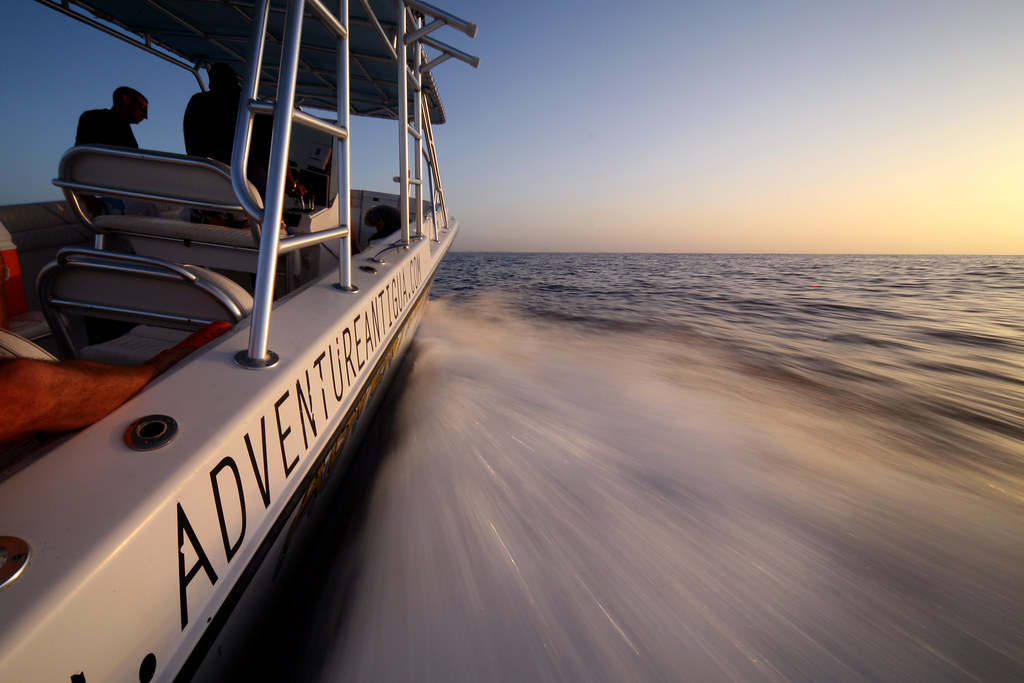
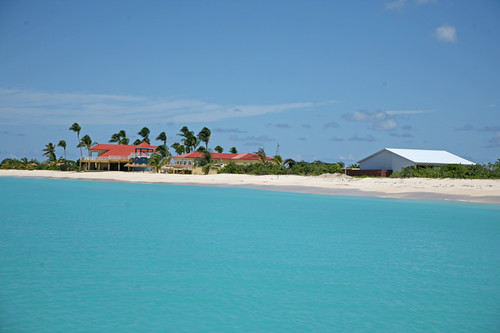
Art is the process or product of deliberately arranging elements in a way that appeals to the senses or emotions.Reading that i came to the realization that there was no doubt that my blogs and photos met that description. Of course I endeavor to use these tools to appeal to the senses and emotions of the people reading and viewing them. Wow! I'm an artist. Wooo hooo. For years i have been saying that i have no artistic genes in me at all, and i guess i was wrong.
NEMMA’s vision is to be a self-financing, multiple use (yachting, fishing, tourism, conservation, recreation) protected area that maintains and enhances the natural beauty and unique biodiversity of the area, both terrestrial and marine, supported by an efficient legislative framework and ongoing awareness programs.For more on NEMMA you can read further here. I can't tell you how happy i was when i heard about the NEMMA because it was something that i have been dreaming of for most of my adult life. In fact, I met with the former Minister of Tourism many times about exactly the same concept during my tenure as president of the Antigua and Barbuda Excursions Alliance. In 2004 the funding for NEMMA was agreed upon and I think OPAAL started sending aid to Antigua for its creation. My fiance did much of the consultant work which made up the plan for NEMMA. The Environmental Awareness Group was also very happy to hear about the project especially because they already have an offshore island project within the NEMMA. The EAG pretty much saved the Antigua Racer snake which was one of the world's rarest if not the rarest snake on planet earth. The project had funding to set up the NEMMA framework and to generally set it up to be run for a year or two on its own while the NEMMA board and the NEMMA manager organize themselves to be self sufficient. It all seemed like a good idea to me and to all involved in setting it up, but there was one problem....... Government buraucracy. The project's funding was intended to be for NEMMA's creation and implementation during the period between 2004 and 2010. We are now in late 2009 and there still isn't a board set up and there still isn't a manager hired for NEMMA. At a recent meeting between excursion operators, The Fisheries Department and the Environmental Awareness Group the Fisheries officer was drilled as to why these essential things haven't happened yet. I don't think any of us understood the answer that was given. Either way today was the official launch of NEMMA. How it was that NEMMA was launched today with no governing board and no manager is anyone's guess. I sat there listening to the speeches by the officer of the OECS Secretariat, two ministers and several other government technocrats and i wondered if they knew that NEMMA was being launched officially in front of the Prime Minister the rest of us without a board or manager. I don't think that they knew. NEMMA is totally useless at this point so why was the launch today. I guess i don't have all the facts on this one and must be missing something. The passionate speech by the Chanlah Codrington, Minister of State within the Ministry of Agriculture (and fisheries), Lands, Housing and Environment was a very good one, and i felt that he understood what this was all about. Later I took Mr. Codrington and a bunch of other people from this meeting on a shortened Eco Tour of the area within NEMMA.
